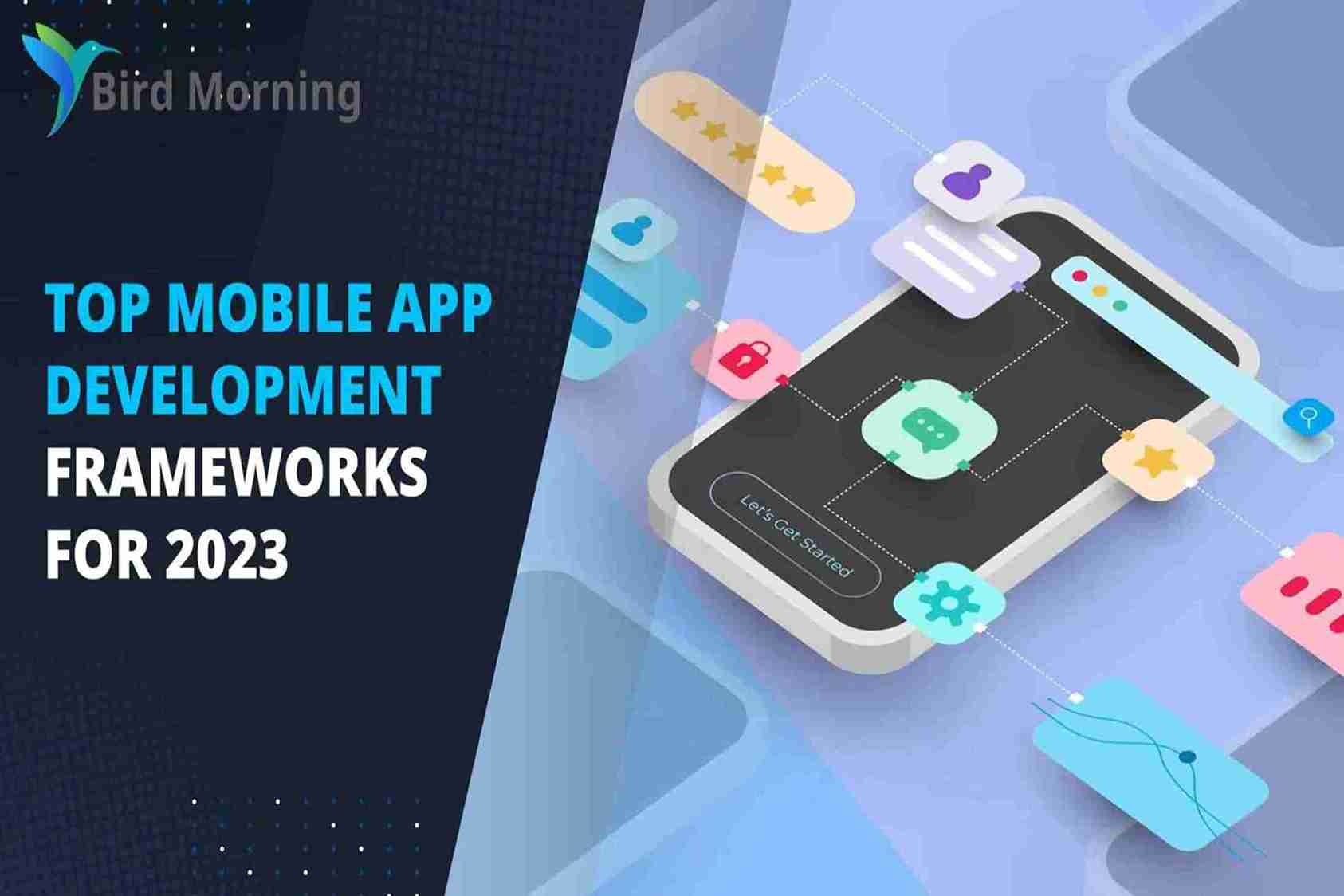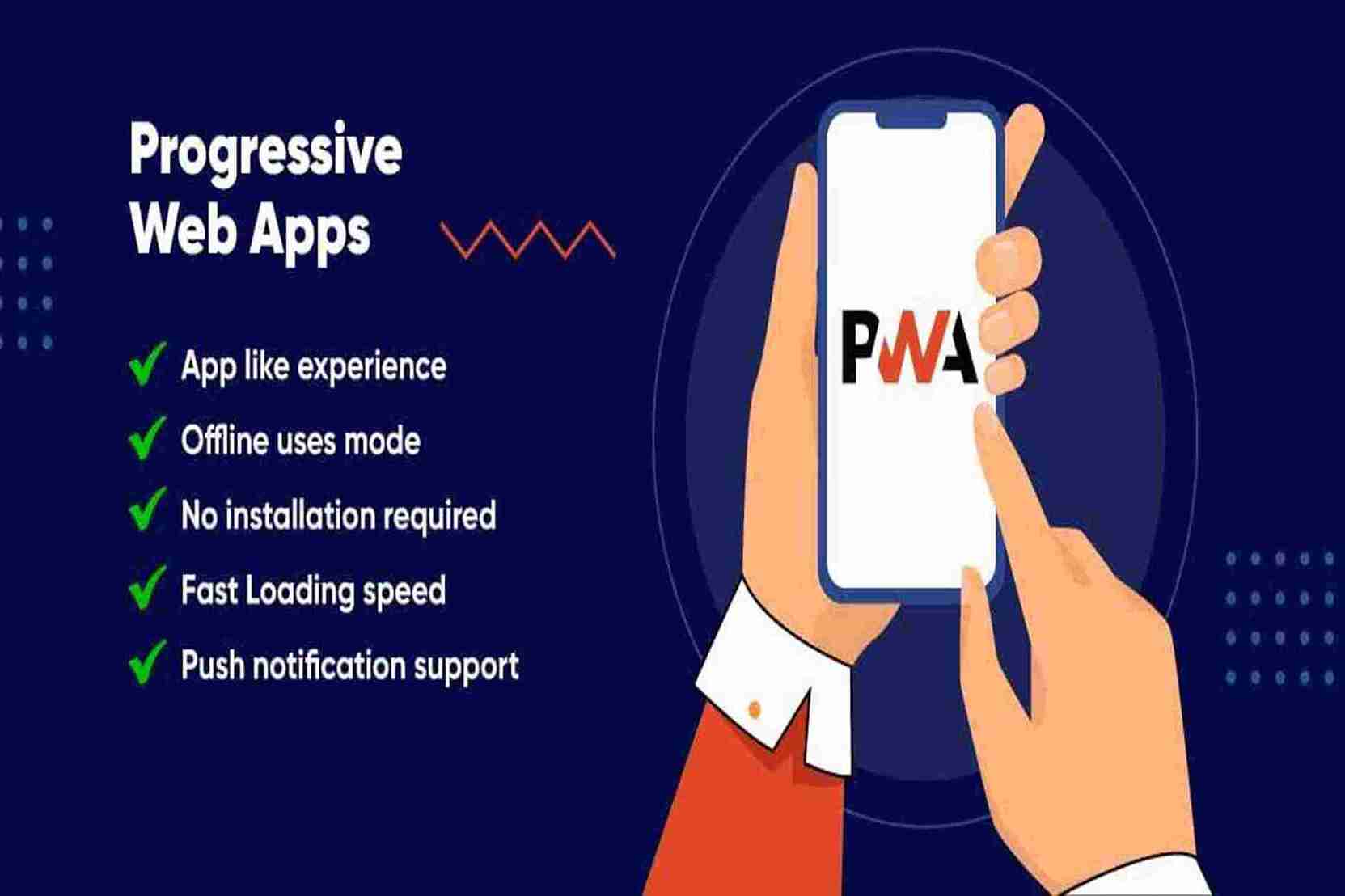
Top 6 Frameworks for Building Mobile Apps in 2024
As the mobile app industry continues to grow and evolve rapidly, it’s essential to stay up to date with the latest mobile app development frameworks. These frameworks provide developers with…

